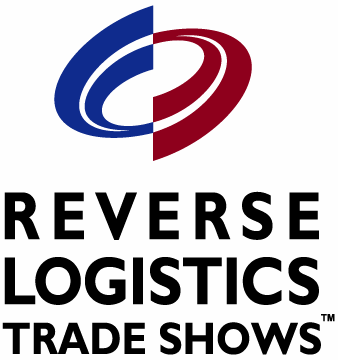Reverse Logistics Association examines the ‘Circular Economy’
"Circular Economy” was the theme addressed by The Reverse Logistics Association’s (RLA) at its annual conference and expo in Las Vegas last week. With the flourishing of e-commerce, product returns have become even more nettlesome for today’s global supply chain managers. At the same time, however, new revenue streams are being created in the 3PL and warehousing sectors.
“The Circular Economy” was the theme addressed by The Reverse Logistics Association’s (RLA) at its annual conference and expo in Las Vegas last week.
With the flourishing of e-commerce, product returns have become even more nettlesome for today’s global supply chain managers. At the same time, however, new revenue streams are being created in the 3PL and warehousing sectors.
Tony Sciarrotta, RLA’s executive director, maintains that with the return rate of e-commerce purchases being three to four times higher than that for brick-and-mortar purchases, the reverse sector is only going to grow in future years. But not all of the news is good, he cautions.
“With consumers insisting on free returns, reverse logistics is going to be under a lot of pressure to satisfy consumer expectations and demand,” he says. “Furthermore, they feel entitled to return goods when they realize that they don’t want or need them.”
The industrial landscape is undergoing profound change as well, say real estate experts.
Joe Dunlap, Managing Director of CBRE’s Supply Chain Advisory consulting practice, says that the current culture of heightened expectations is not “transformational,” but rather, “evolutionary.”
“As time goes on, shippers will develop new systems and efficiencies that leverage warehouse space and configurations,” he adds. “Meanwhile, we’ll see more 3PLs entering the market to address specific reverse needs.”
Bob Silverman, Executive Vice President with the JLL’s Supply Chain and Logistics Solutions group, notes that with e-commerce sales and returns on the rise (15% annual growth rate) and many current distribution systems not optimized for the reverse flow, the need to develop a solid reverse logistics strategy is paramount.
“It’s become an ‘arm’s race,’” he says. “This is a growth opportunity for the industrial real estate market in the U.S.













